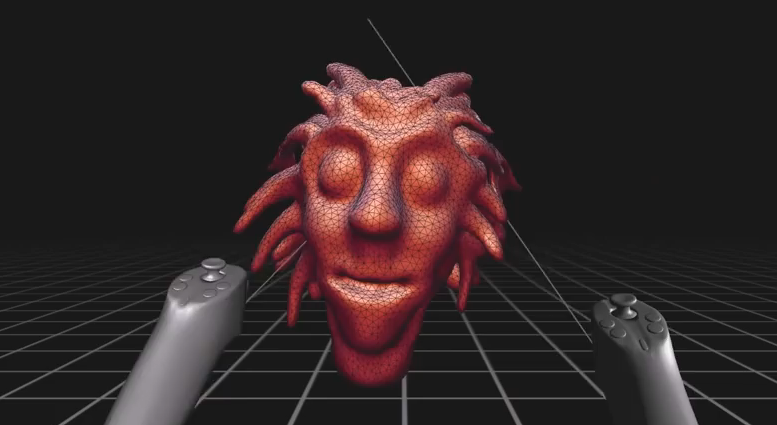
What if 3D modelling was as easy, intuitive and fun as playing a virtual reality video game? Do you think that then further applicable uses for 3D printers would take hold? One company, based out of the Czech Republic, called VRClay thinks so.
VRClay is a 3D design software which works in unison with the Oculus Rift virtual reality platform, and Razer’s Hydra motion controllers. Basically the the way it functions is simple. Using the Hydra controller, a user with the Oculus Rift headset on can grab three dimensional objects and manipulate them in space. Want to rotate a model, widen, flatten, or extend an object, just click, then act like you are actually touching the model and manipulate it like you desire. The intuitiveness of this software could revolutionize the 3D modeling space.
“The idea isn’t really unique, this is something many people thought about during the past two years since Oculus came about, maybe even before. We didn’t stop at just thinking about it, we actually made it,” Vojtěch Krs from the VRClay team explained to 3DPrint.com. “To clarify how this project came to life, it was my bachelor’s thesis which was supervised by Ing. Ondřej Jamriška. Now we both continue to work on it.”
Details are still limited on when this software could come to market, and the company is still looking for feedback from the community in a drive to further perfect how VRClay works.
“We are very interested in feedback from users that will sculpt in it for extended periods of time,” stated Krs. “It’s a research project, so we are basically trying to see if something like this could work and would be useful. We had very positive reactions from people who have tried it so far, even from digital artists. We would be interested in other input methods also. Many people suggest Leap motion, however, from our standpoint, it’s something that wouldn’t work very well for this.”
Krs plans to work on developing further tools and capabilities to manipulate objects within the virtual editor. He says it’s still lacking in many respects, and is nowhere close to having the utility that a desktop software like ZBrush has. He believes that they will, however, have a beta version of the software publicly available within a couple weeks, as they continue to improve upon its functionality.
If VRClay can somehow harness the power of a virtual reality interface to provide professional level editing tools to the 3D modelling community, such a software would have a very large impact on, not only the future of CAD, but also that of 3D printing. Let us know your thoughts on this innovative new software, as well as if you have tried it out. Discuss in the VRClay forum thread on 3DPB.com. Check out the video below of the software in action.